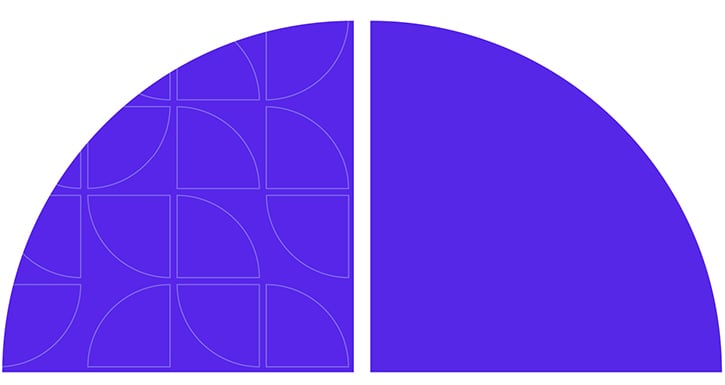Fed’s Likely Next Step: Setting Conditions for Future Cuts
The Federal Open Market Committee kept its policy rate unchanged at its January 2024 meeting.

Key takeaways
- As expected, the Federal Open Market Committee kept the federal funds rate unchanged at 5.25%-5.50% at its January meeting.
- In our view, lower-than-expected price data and the economy’s gradual weakening mean we should start seeing rate cuts by May this year.
- We expect Federal Reserve officials to start talking more about the conditions they need to see in order to initiate rate cuts and begin quantitative tightening.
As expected, the Federal Open Market Committee decided to keep its key interest rate, the federal funds rate, unchanged at 5.25%–5.50%. We believe lower-than-expected price data and the economy’s gradual weakening mean we should start seeing rate cuts by May this year.
Despite continued good news on inflation, the Federal Reserve’s (Fed’s) rhetoric will likely remain careful to avoid sounding too dovish too soon. Any resurgence in price pressures due to loose monetary policy would harm the Fed’s credibility. However, we expect Fed officials to start talking more about the conditions they need to see in order to initiate rate cuts and begin tapering quantitative tightening. The latest survey data from Fed districts point to a weakening economy. Upcoming hard data, such as inflation revisions, could encourage the Fed to start rate cuts late in the second quarter of 2024. The Fed’s median projection is for rate reductions of 75 basis points (bps; 100 bps equal 1.00%) in 2024 and 100 bps in 2025.
As long as core inflation (inflation excluding food and energy) continues trending lower, the Fed will likely be comfortable discussing rate cuts this year. Core goods’ impact on U.S. inflation remains deflationary in 2024 while services (excluding rents) and more volatile items like food and energy continue to roll over. Inflation’s breadth (how many goods and services are increasing at the same time) has come down further as has inflation persistence (how sticky inflation will be), supporting our case for rate cuts soon. The short-term interest rate market remains more aggressively priced than the Fed, with cumulative cuts of about 125 bps priced in starting in March this year.
If core inflation continues declining toward 2% and wages remain anchored as the labor market softens, we believe the Fed will start lowering interest rates. As inflation falls further, we expect that the Fed will try to avoid rising real yields by cutting short-end interest rates in line with the fall in prices.
We continue to favor bonds, which benefit from falling growth and falling inflation. We also continue to like equities—despite a short-term struggle with lower earnings guidance, any relief from perceived looser monetary policy would likely support equity prices in the medium term.